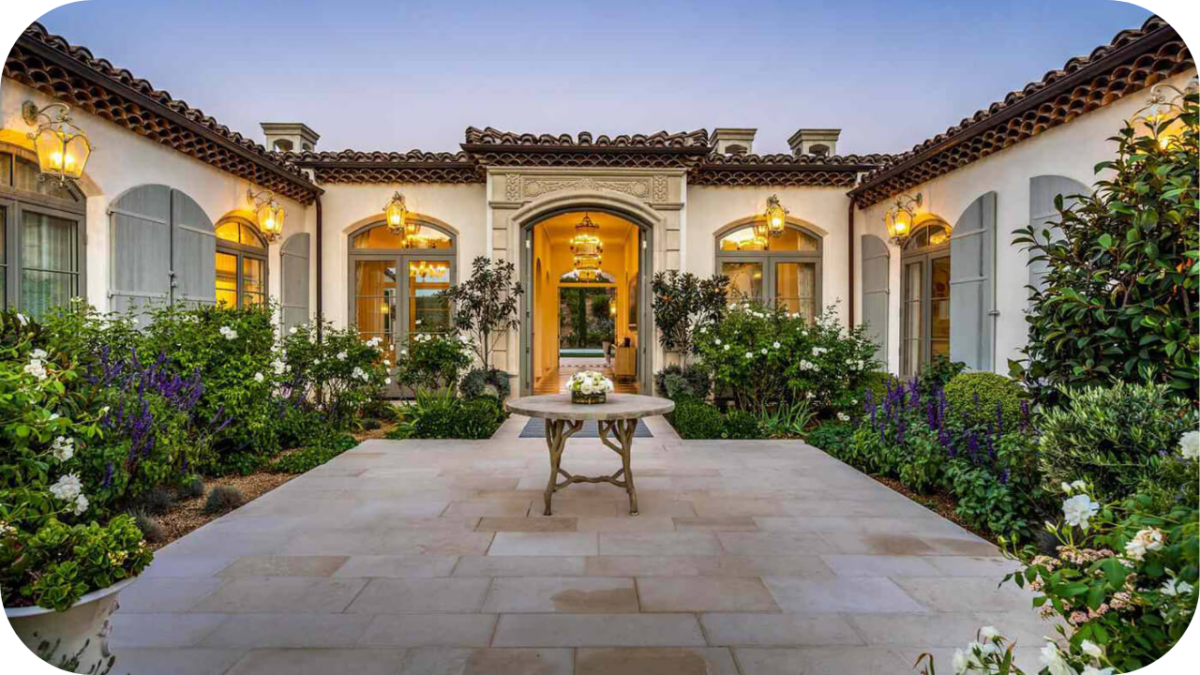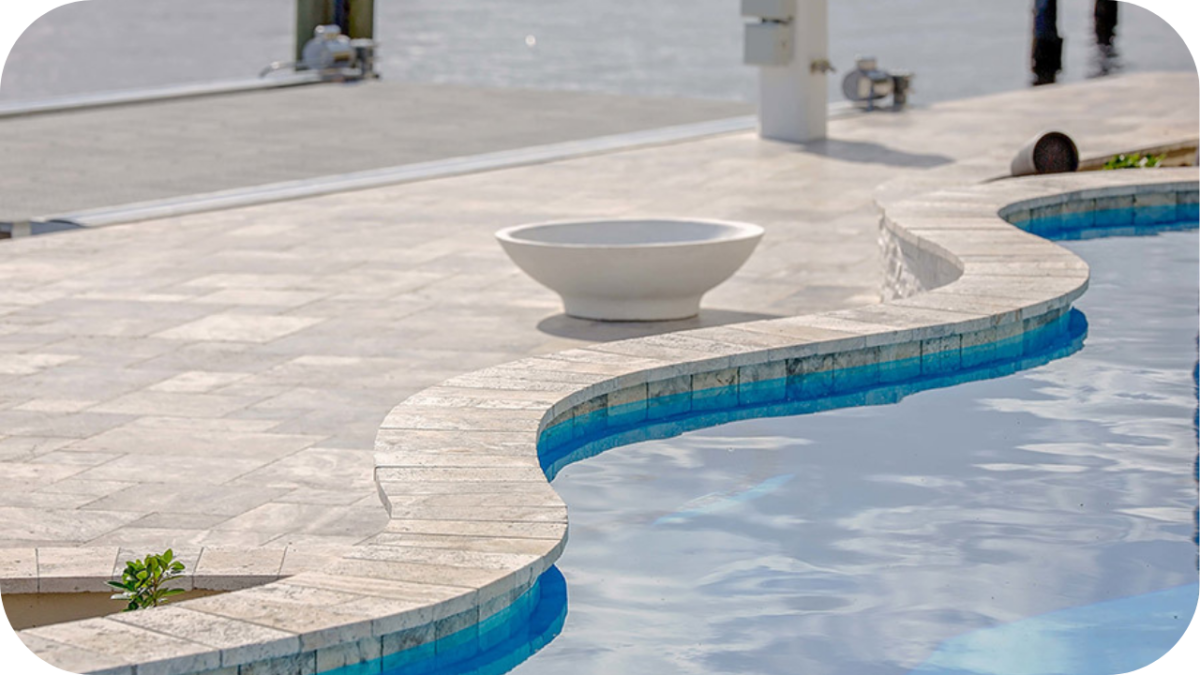What to Consider When Choosing Fireplace Stone Cladding
In modern and traditional homes alike, stone cladding has become a popular choice for fireplaces, combining both aesthetic appeal and functional benefits.
It introduces texture, warmth, and timeless elegance to any room. Stone cladding creates a striking focal point around the fireplace while enhancing the overall ambience of the space.
This article will cover important factors to consider when choosing fireplace stone cladding, including design options, stone types, and installation tips.
Key Considerations When Choosing Fireplace Stone Cladding
Choosing the right stone for your fireplace cladding is crucial for both style and functionality. Here are the key factors to consider when making your decision.
1. Aesthetic Appeal and Style
The style of your room should guide your stone choice. Modern, rustic, or traditional, the right stone will complement your décor and create a striking visual impact, ensuring that your fireplace becomes the focal point of the room.
2. Durability and Suitability for Heat Resistance
It’s essential to choose heat-resistant stones like granite or quartz for fireplace cladding. These stones are durable enough to withstand high temperatures and frequent exposure to heat, ensuring your cladding remains intact over time.
3. Maintenance and Cleaning Requirements
Some stones require more maintenance than others. For example, limestone and travertine need sealing to prevent staining, while granite and quartzite are more low-maintenance. Be sure to choose a stone that suits your desired upkeep level.
4. Size and Design of Your Fireplace
Consider the size and layout of your fireplace. Larger spaces may require bolder, thicker stones, while smaller fireplaces can benefit from more refined, lightweight stones that provide a subtle yet elegant look.
5. Cost Considerations
Stone selection also depends on your budget. High-quality stones like granite or marble may cost more, but their durability and aesthetic appeal provide long-term value. Balance cost against the benefits of each stone type.
Best Types of Stones for Fireplace Cladding
Choosing the right stone for your fireplace cladding is essential for durability and visual appeal. Here are the best natural stone options for creating a stunning and functional fireplace feature.
1. Granite
Granite, such as Buffalo and Hotham, is known for its strength and heat resistance. Its sleek finish adds sophistication and elegance, making it a top choice for both modern and classic fireplace designs, offering lasting durability.
2. Limestone
Limestone, including varieties like Jamieson, Beloka, and Barwon, is versatile with soft, neutral tones. It offers a refined, timeless look and works well for traditional or contemporary fireplace designs, providing both durability and style in one.
3. Sandstone
Sandstone options like Charlotte, Roman, and Australiana are known for their earthy tones and natural textures. This durable stone suits rustic and traditional designs, offering a warm, inviting appearance and the ability to withstand heat.
4. Quartz
Quartz, with varieties like Shoreham, Beachport, Blue Ridge, and Wyndham, is a modern, durable option that offers a sleek, polished finish. Quartz provides excellent heat resistance and is ideal for contemporary fireplace cladding designs.
5. Travertine
Travertine, such as Silver and Classic, adds a timeless, rustic appeal with its warm tones and textured finish. It is ideal for Mediterranean or rustic-style fireplaces, offering a natural, welcoming aesthetic while remaining durable.
Fireplace Stone Cladding Design Ideas
Choosing the right design for your stone cladding helps create a striking and functional feature around your fireplace. Here are several design ideas to inspire your next fireplace makeover.
1. Full Wall vs Partial Cladding
Deciding whether to clad the entire wall or just around the fireplace can dramatically impact the space. Full wall cladding creates a bold, dramatic look, while partial cladding provides a more subtle, refined feature.
2. Combining Stone with Other Materials
Pairing stone with materials like timber, glass, or metal adds contrast and depth to your fireplace design. Combining textures and finishes enhances visual interest, creating a modern or rustic look depending on your style.
3. Custom Stone Patterns and Layouts
Create unique designs by choosing custom stone patterns such as stacked, coursed, or random layouts. These options add visual complexity, drawing attention to the fireplace and enhancing the overall aesthetic of your space.
4. Incorporating Vertical Panels
Vertical panels bring height and elegance to your fireplace design. This style elongates the space, making it feel more expansive while adding a modern, sleek look that complements both contemporary and traditional interiors.
5. Framing with Decorative Mantels
A stone-clad fireplace can be beautifully framed with decorative mantels. Whether wood, metal, or a stone overlay, the mantel adds architectural detail, enhances the focal point, and creates a balanced, finished look around your fireplace.
Installation Considerations for Fireplace Stone Cladding
Proper installation is essential for achieving a safe, durable, and aesthetically pleasing stone-clad fireplace. Here are key considerations to ensure a successful installation.
- Proper substrate preparation: Ensure the wall is clean, dry, and structurally sound before applying stone cladding. This may involve priming and levelling the surface to guarantee the stones adhere properly.
- Use the right adhesive: Choose a high-quality adhesive suitable for stone. It should offer strong bonding properties to securely hold the stone in place while withstanding the heat and weight of the materials.
- Consider mechanical fixing methods: For larger or heavier stones, mechanical fixing such as anchors or screws may be necessary. This ensures greater stability and security, especially in high-traffic areas or when using dense stones.
- Account for expansion gaps: Stones can expand or contract with temperature changes. Ensure there’s enough space between cladding pieces for expansion. This prevents cracking or shifting over time, ensuring long-term durability.
- Work with professionals for complex designs: For intricate layouts or larger installations, it’s best to hire an experienced installer. Professionals can ensure accurate cutting, precise fitting, and a flawless finish, enhancing both the look and function of your fireplace.
Maintenance and Care for Fireplace Stone Cladding
Regular maintenance ensures your fireplace stone cladding remains in excellent condition, preserving its beauty and functionality. Here are essential tips for caring for your stone cladding.
- Clean with a soft brush or cloth: Regularly dust off your stone cladding with a soft brush or microfiber cloth to remove dirt and debris. Avoid abrasive materials that could damage the stone’s surface.
- Use pH-neutral cleaning solutions: When deeper cleaning is needed, use a pH-neutral cleaner. Harsh chemicals can damage the stone’s surface and finish, so always opt for a gentle, stone-safe product.
- Seal your stone cladding: Apply a stone sealer to protect the surface from moisture, staining, and wear. Depending on the type of stone, resealing may be required every 1-2 years to maintain the protective layer.
- Remove soot or smoke stains promptly: Fireplace cladding can accumulate soot and smoke residue over time. Promptly clean any stains with a suitable cleaner designed for stone surfaces to prevent staining and maintain the stone’s appearance.
- Inspect for damage: Regularly check your stone cladding for cracks, chips, or loose stones. Repair any damage immediately to prevent further deterioration and ensure the stone remains secure.
- Avoid excessive moisture: Water can damage some stone types. Ensure proper ventilation around the fireplace to avoid moisture buildup, which can cause staining or long-term damage to the stone.
Final Thoughts
Choosing the right stone cladding for your fireplace can transform the look and feel of your living space.
By considering factors like aesthetics, durability, and maintenance, you can ensure a long-lasting and stylish feature. With the right stone selection, your fireplace becomes a timeless focal point in your home.
Contact Splendour in Stone today to view our premium stone options and receive expert advice for your fireplace project.





